
Over a 24-week treatment period, 72.2% of those on erenumab achieved relevant improvement on HIT-6 scores compared with 53.9% of those on topiramate.

Over a 24-week treatment period, 72.2% of those on erenumab achieved relevant improvement on HIT-6 scores compared with 53.9% of those on topiramate.

In the open-label extension where the highest dose of atogepant (Qulipta; AbbVie) was observed, 24.1% of participants had at least 7% weight loss compared with 14.7% of those on standard of care.
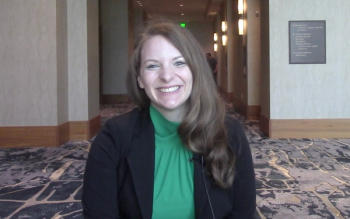
The MD-PhD student at Wake Forest School of Medicine shared her perspective on the findings of a study suggesting that mindfulness practices can alter pain perception and migraine attack awareness, among other results. [WATCH TIME: 4 minutes]

A systematic review and meta-analysis suggested that the risk of anxiety and depressive symptoms was nearly doubled for those with migraine compared with healthy controls, indicating a need to screen this patient population.

The most common adverse events reported by individuals using the dihydroergotamine nasal powder were nasal discomfort, dysgeusia, and nasal congestion, all of which were mild and transient in nature.

Secondary outcomes, assessed by the change in the number of monthly headache days by at least 25%, 75%, or 100%, were also not significant following treatment with CGRP monoclonal antibodies.
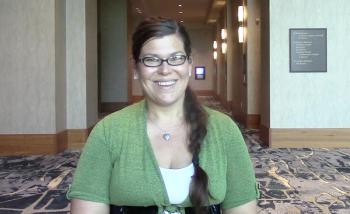
The assistant professor of pharmacology at the University of Arizona College of Medicine Tucson shared her insight into the endocannabinoid system and its therapeutic potential in treating migraine. [WATCH TIME: 5 minutes]
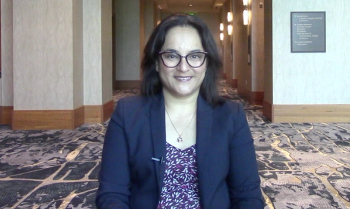
The associate professor of psychiatry at the University of Illinois at Chicago shared the findings of her and colleagues’ work that suggest that distinct cytoarchitectural changes occur in the brain that may underlie migraine chronification. [WATCH TIME: 4 minutes]

Data from a cohort of almost 5000 women seen at Montefiore Health System emergency departments suggest that primary headache, likely migraine, is underdiagnosed, and a high proportion of these women being of Black and Hispanic backgrounds.
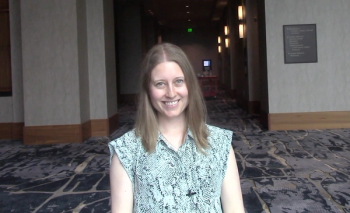
The pediatric neurologist and headache specialist at the University of Calgary discussed the work she presented at AHS 2022 on the incidence of anxiety and depressive disorders in the pediatric migraine population. [WATCH TIME: 6 minutes]

Test your neurology knowledge with NeurologyLive®'s weekly quiz series, featuring questions on a variety of clinical and historical neurology topics. This week's topic is the history of the American Headache Society.

Data from a study in Olmsted County, Minnesota, identified the incidence rate of status migrainosus to be 26.60 per 100,000, with more than 10% of the cohort reporting that too much or too little sleep triggered the condition.
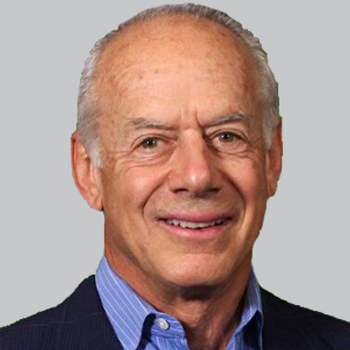
The percent change in monthly migraine days across weeks 1 to 12 and scores on Headache Impact Test were precursors to suboptimal response to eptinezumab, prompting the need for a second dose.

At 2- and 4-hours post dose, return to normal function was achieved by 30.1% and 52.1% of participants for their first 10 ubrogepant-treated attacks.

Headache frequency remained the top driver of higher disability scores, but opposing to prior findings, school versus summer was not a significant predictor of disability, suggesting that pandemic schooling changes affected coping abilities to cause less disability.
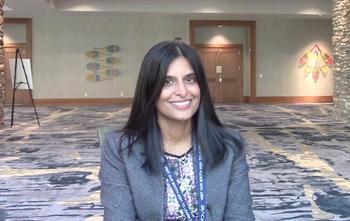
The associate professor of neurology at Mayo Clinic and member of the board of directors at AHS shared her perspective on the importance of collecting more information on status migrainosus and the need to develop a better approach and definition. [WATCH TIME: 3 minutes]

The director of the Montefiore Headache Center spoke about the Migraine Clinical Outcome Assessment System project and the need for better patient-reported outcome measures in migraine clinical care.
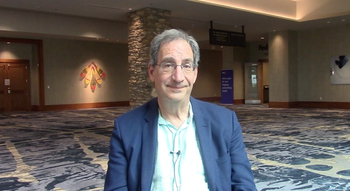
The Michael Hooker Distinguished Professor and director of the NIMH psychoactive drug screening program at University of North Carolina School of Medicine discussed the need for large placebo-controlled trials of psychedelics in migraine disorders. [WATCH TIME: 4 minutes]

Patients in the open-label extension also showed limited need for acute treatment with rimegepant (Nurtec ODT; Biohaven Pharmaceuticals), as more than 80% of patients took 16 or fewer total tablets over the 28-day period.
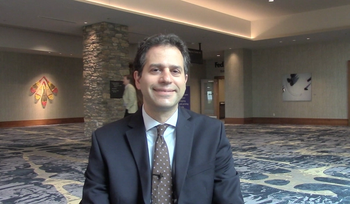
The neurologist at Weill Cornell Medicine and NewYork-Presbyterian Hospital offered his insight into the hot topics at the American Headache Society Annual Scientific Meeting, including a presentation on the prevalence of status migrainosus. [WATCH TIME: 4 minutes]

A retrospective review of more than 1000 electronic medical records suggests that for those with migraine, the presence of neck pain, anxiety, depression, and insomnia show no comparative differences in treatment response predictability.

The Michael Hooker Distinguished Professor and director of the NIMH psychoactive drug screening program at University of North Carolina School of Medicine shared his insight into his keynote address at the American Headache Society Annual Scientific Meeting. [WATCH TIME: 8 minutes]
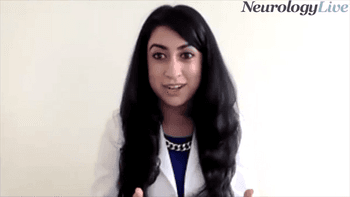
The headache fellow at Cleveland Clinic outlined the design and reasoning for a new study assessing nerve blocks to treat COVID-19 headache.
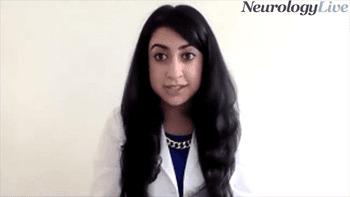
The duo from Cleveland Clinic discussed their presentation from AHS 2021 regarding the effects of COVID-19 on access to telemedicine visits among minorities.
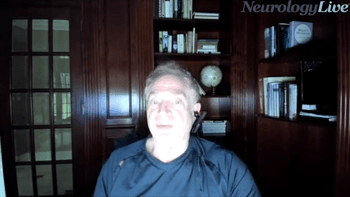
The director of the Montefiore Headache Center discussed the momentum within the migraine research community as well as some of the more notable presentations from AHS 2021.

Deena Kuruvilla, MD, the medical director of the Westport Headache Institute spoke to the potential of e-TNS in the treatment of migraine overall and which gaps in care that it might fill.

The vice president of Medical Affairs in Migraine at Impel discussed the clinical takeaways from the STOP 301 trial of intranasal DHE and the advantages that the novel formulation might offer patients with migraine.
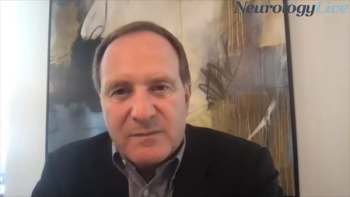
The director of the Headache Center of Southern California discussed research opportunities for layered treatment approaches in migraine.
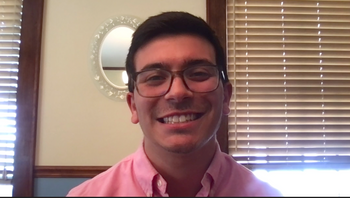
Neurology News Network for the week ending June 12, 2021.
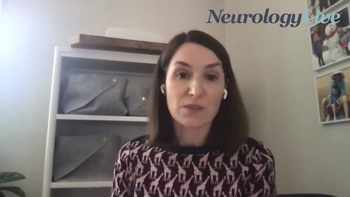
The program director of the Medstar Georgetown University Hospital Headache Medicine Fellowship program discussed further research to be conducted with the nasal delivery of DHE.